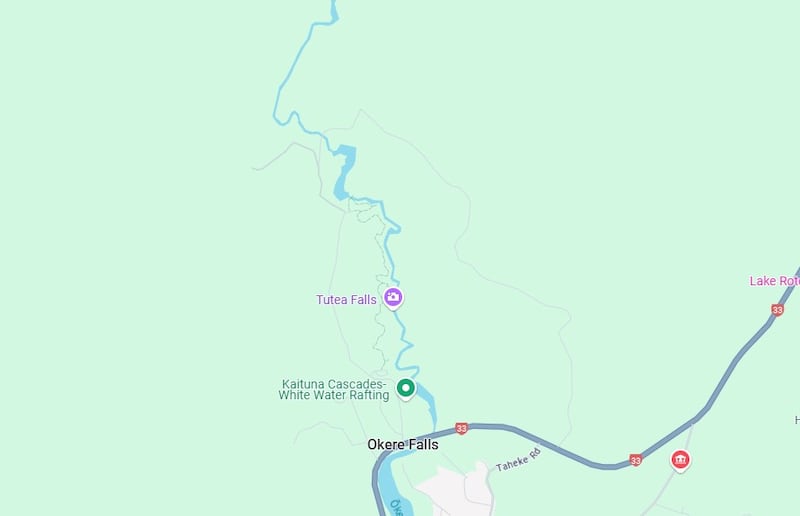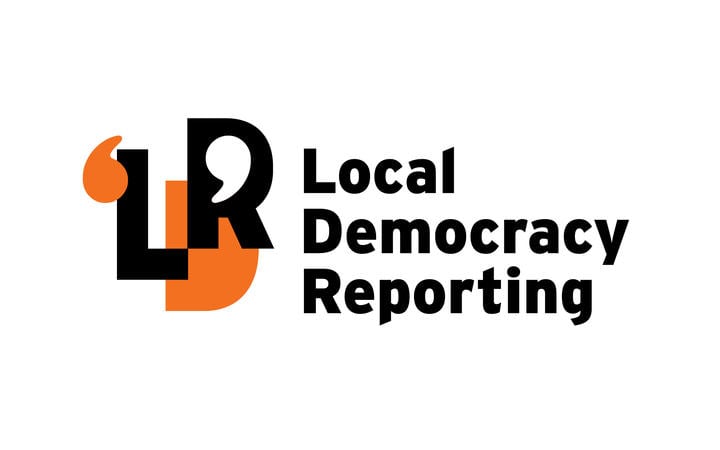A Māori landowner group has applied to have its Ōkere River Hydro Scheme considered for referral under the Fast-Track Approvals Act.
Taheke 8C’s scheme would involve diverting water via a weir - a low barrier - impacting about 3km of the Kaituna River from downriver of Trout Pool Falls.
The group owns land surrounding the section of impacted river.
While this part was not commercially rafted, the scheme has drawn criticisms and concerns from the paddle sport community, particularly over the impact to river flow.
These were relayed at a Rotorua Lakes Council community board meeting late last month, in which resource management consultancy Mitchell Daysh associate Mark Henry said “some” opportunity would be lost in gorges “high-end kayakers” used.
Olympians Mike Dawson and Luuka Jones are among paddlers to have previously raised public concerns about the proposal, with Dawson describing the river as one of the top five worldwide for paddling.
In a statement sent to Local Democracy Reporting on Tuesday, Taheke 8C said the weir would generate 8MW to 16MW of electricity at any given time. The total generated over a year could power 12,500 homes.
Chief executive Peter Mason said work was done to balance renewable energy generation and economic development for landowners and the wider district with the “least possible impact on the awa [river] and whenua [land]”.
“Our owners take their kaitiaki [stewardship] obligations extremely seriously, which has been factored into every element.”
He said nearly 800 jobs would be created during the construction of the scheme, with 50-plus fullime jobs following. It would inject $85 million into the wider Rotorua economy.
The referral application did not guarantee the scheme would proceed through the fast-track consent process.
“Consultation with key stakeholders started last year and is ongoing. We look forward to updating the community as the scheme develops,” Mason said.
Taheke 8C applied unsuccessfully last year.

If consent is granted, it will form part of the group’s wider Taheke Green Energy Hub plans aiming to generate 85% of the electricity currently imported into the Bay of Plenty.
It included a 35MW geothermal power station, which was consented last year.
Mason provided details of the plan to Local Democracy Reporting.
If the project was not made a fast-track project it would seek consents via another route.
“The logic of fast-track is it’s a one-stop-shop for all consents.”
A panel of up to four members is appointed for each accepted fast-track project, including one nominated by relevant local authorities.
Projects must be of regional or national significance.
Panels can hold hearings, prepare or commission reports, request advice and identify the appropriate people to invite to comment but can not give full public notification or limited notification for comments.
Mason said there was a major design change from last year’s application, which was based on a historical plan requiring major earthworks. Minimal flow was also an addition.
The new plan would divert water away from the river over a weir and into a canal, then a regulating pond and through pipes to the powerhouse and turbines. No dams would be built.
Water would exit the tailrace into the Kaituna in the same amount as entered at the top.
The minimum flow would be 2.5 cubic metres per second in the impacted river section. The amount flowing to the start point was controlled by the Ōkere gates, which manage lake level.
Bay of Plenty Regional Council data shows the normal flow as 17 cubic metres per second, elevated as 25 and reduced as 12.
Asked how often it would be at this minimum, Mason said it depended on elements like rainfall and how the gates controlled lake outflow.
An 84-hectare island, of sorts, would be created between the scheme and river, which Taheke 8C planned to regenerate with native bush, wetlands and pest control.
It aimed to improve quality of the water that went through the scheme.
The Kaituna River is 50km long and runs from Lake Rotoiti to the Maketū Estuary. The river begins at Ōkere Falls, where it is also known as the Ōkere River.
It has a long history with hydroelectricity.
The long-closed Ōkere Falls Power Station was finished in 1901. It was New Zealand’s first government-built hydro-power station and Rotorua became the fourth place in the country to have public electricity.
- LDR is local body journalism co-funded by RNZ and NZ On Air.



